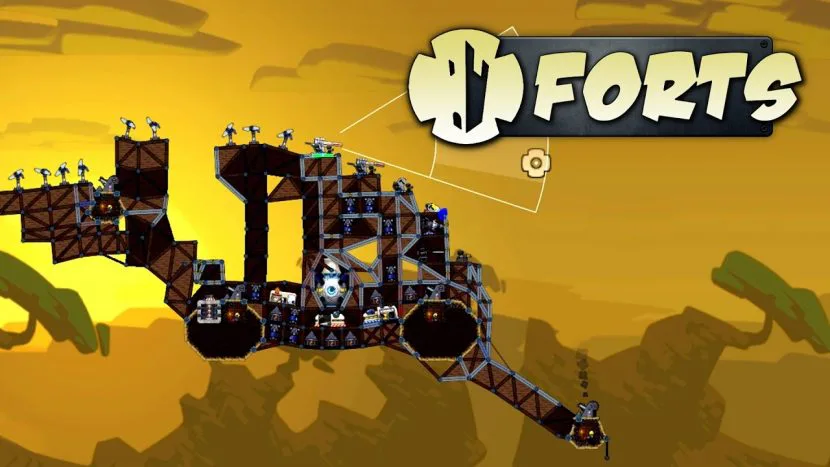

Some cleanup (that we’ll ignore for now).The board will tell you the cost of your next upgrade - always a little more than the last one - and the limits of how much stuff you can hold.Įach turn, there’s a few things that happen: Every step of your fort is built with toys and pizza, which act as the resources in the game. That last point adds a little twist: you’re likely to lose cards as well as gain them, which is somewhat unusual in a deck-building game.īut the deck is only half of Fort’s gameplay in front of each player is a board that tracks their fort building progress, resources, and upgrades.
#Forts game 2 player for free
Every turn you can snag a card for free from the central pool or other players’ unused cards from their previous hand. You can also earn points during the game through card actions and at the end through your own unique scoring condition.įort is a deck-building game: you start with a small deck that you’ll add new cards to over the course of the game, but unlike most deck-building games, there is no cost for new cards. Most of the kids do stuff that helps you build your fort: grabbing resources, recruiting more kids to join your crew, and using those resources to upgrade your fort. You start the game with a deck of 10 cards, each showing a kid with their own powers. In Fort, everyone competes to build the best fort and get the most points. Thinking back on these memories, I can pretty confidently say that Fort evokes the feeling of being a kid in the 90s. While alliances changed, I always knew I’d have my best friend on my team. All the neighbourhood kids and I would group off into teams to have block-wide water fights and massive games of tag and hide and seek. When I was a kid I spent all my time outside with my friends playing in my kickass backyard fort that my dad built for me. Pizza, toys, some kick-ass forts: jump back into the wild summers of childhood with our review of Fort.


 0 kommentar(er)
0 kommentar(er)
